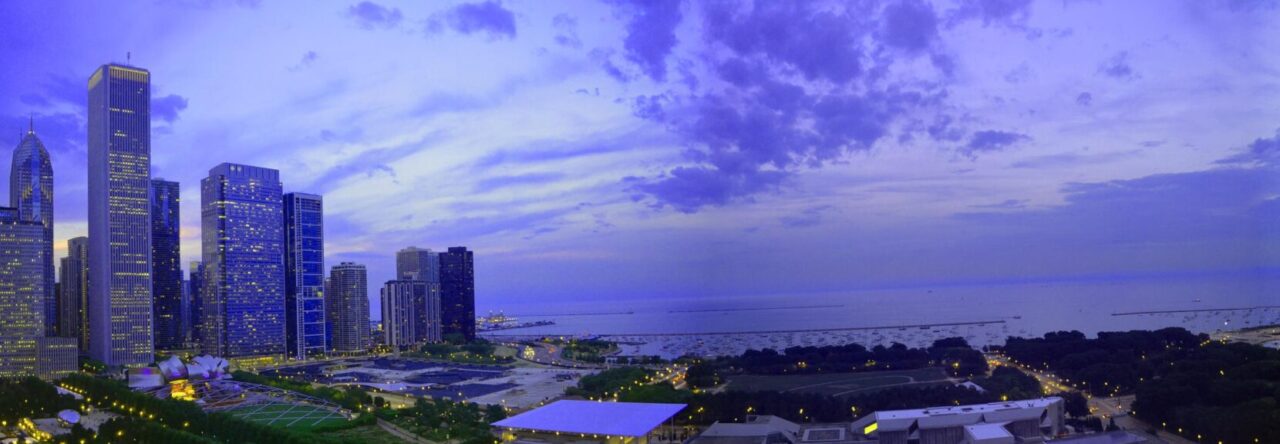If you plan cities for cars & traffic you get cars & #traffic. If you plan for people & places…via @PPS_Placemaking pic.twitter.com/MxYvlTS9fS
— TODERIAN UrbanWORKS (TUW) (@TODUrbanWORKS) July 9, 2014
Recently there has been a surge of planning work being done in my neighborhood, the once sleepy corner of the northwest side of Chicago known as Jefferson Park. Several development proposals have been percolating through the planning process and a few have been refined enough to make it to the community meeting level where opposition to increased density is a given (interesting coming from a neighborhood with a population density exceeding 12,000 people per square mile). When it comes to roads – many people seem to like them the way they are.
And this is the problem, because Milwaukee Avenue, the main north-south commercial artery through the neighborhood, as it exists fails the community (as I have previously pointed out).
The problem is, even in urban communities, the discussion of cars (and parking them) takes all the air out of the room. It is a straw man, designed to distract from the real issue at hand – if you plan cities for cars and traffic you will get cars and traffic. If you plan for people and places, you will get people and places.
Hence the Milwaukee Avenue road diet. This project was killed dead because it was so vociferously opposed by people in Gladstone Park. They argued the road diet would cause congestion, that it would eliminate parking and that it would negatively impact quality of life and economic development. This despite evidence to the contrary. The reality is that road diets are an excellent way to support economic development. With the safety benefits that come with it.
Milwaukee Avenue north of Foster Avenue struggles for a couple of reasons. One of those reasons is because of cars. They simply drive too fast for people to notice what business activity is there. Another reason is a lack of sense of place. Because Milwaukee Avenue doesn’t feel like a pleasant environment, people don’t want to be there. Have a look for yourself.
Conversely, this is a street that I think many people would like to be on.
View Larger Map
Notice the difference? Lincoln Avenue is planned for people, not cars. And its businesses are thriving. But there is something else – and it is in the details. Look at the narrowness of Lincoln Avenue, the sidewalks, the trees, the setbacks of the buildings. It feels like an outdoor room. It feels scaled to people, not cars. And so there is a plaza on the left side and a sidewalk cafe on the right. This street has a sense of place that make people want to linger. And if they linger long enough they spend money…
Whereas, Milwaukee Avenue looks like a giant runway. It is not scaled to people but rather to cars. It does not have a sense of place in that people would want to spend time there. The vacant storefronts support that theory. In short, it is a weak, unproductive place.
If we want to build a strong Jefferson Park we need to look at planning for people and not cars.





